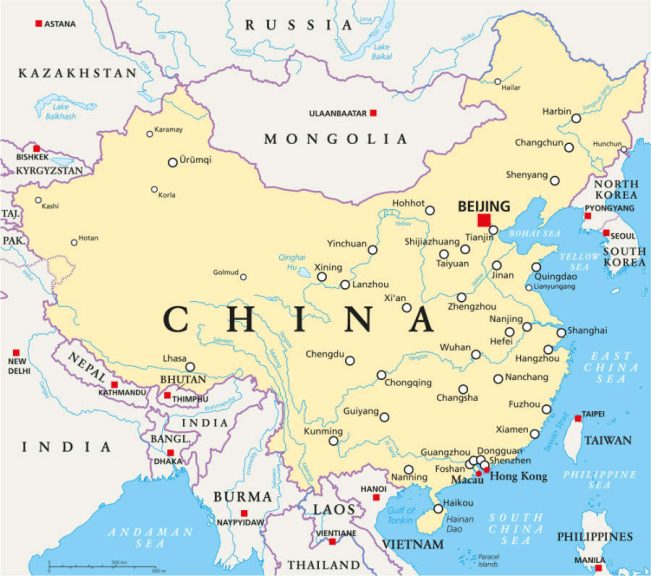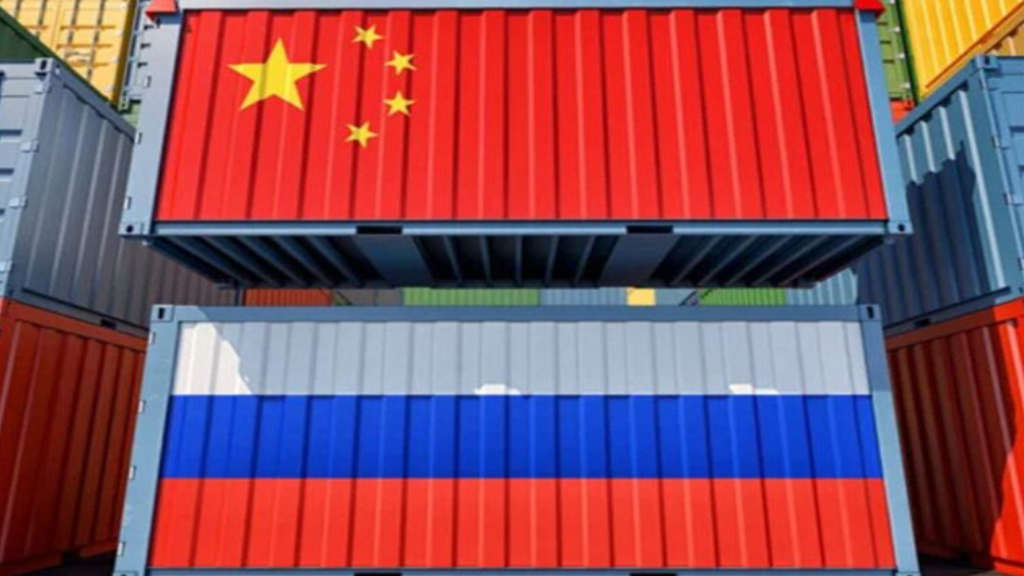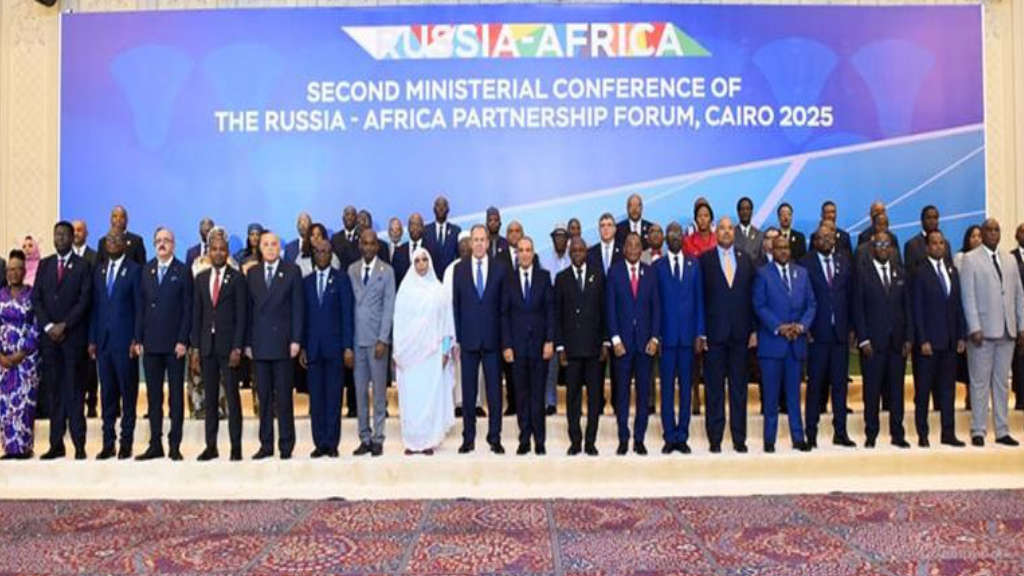The visit of Russian Prime Minister Mikhail Mishustin to China has resulted in a recalibration of bilateral trade, with China increasingly seen by Russia as promising for import substitution of technologies. While general trade, with oil dominating, was previously the key topic, the bilateral trade focus has now shifted. Attention is now on industrial cooperation and expanding bilateral joint investments.
An important context for these changes is that bilateral trade volume between Russia and China will show a decline during 2025. Trade turnover grew by 29.3% in 2022 and 26.3% in 2023. It then plateaued in 2024, increasing by 1.9% to US$244.8 billion.
However, the bilateral volume for the first nine months of this year fell by 9.4% year-on-year to US$164 billion, according to China’s General Administration of Customs. Russian exports fell by 7.7% to US$90.05 billion, while Chinese exports fell by 11.3% to US$73.57 billion. This implies an annual 2025 total of about US$218 billion.
The reasons for this include weak domestic demand in China and saturation of the Russian market with Chinese products, as well as the impact of sanctions. To counteract this, Chinese and Russian parties view the development of a slow but stable trade growth with further diversification as the favorable scenario, as opposed to creating an artificial demand boom.
As a result, bilateral trade—and investment—between Russia and China is now focused primarily on technological cooperation. The joint communiqué between the two sides signed last week also notes technological cooperation.
A separate, large section of the document concerns “investment cooperation.” This ranges from supporting Chinese company investments in Russian agricultural production to creating direct channels between “competent departments and industry organizations” of the two countries in the automotive sector. China and Russia agreed updates to their Bilateral Investment Treaty last month to help motivate these areas.
In terms of agriculture, Russia has huge amounts of arable land and is one of the world’s largest grain producers and exporters. In contrast, China has 20% of the global population but just 5% of its arable land and is a net importer. Working together not just in supply and demand but also in creating new crops will be a key development sector, especially in bioengineering. This is useful to develop strains that are, for example, saline and heat resistant to cope with rising sea levels and global warming.

China also has a huge auto industry and has been very successful in selling its products to Russia in the wake of Western marques exiting the market. There is also the trend of EV and alternative energy auto engines, structural processes that are still being developed. While the China-Russia auto sector has been restructured—Russia wants to be involved in auto production for vehicles sold in Russia rather than purely be an export market for China—both countries have engineering development capabilities to jointly produce vehicles that can be sold in both their markets as well as exported. New-tech vehicles exported, for example, to Europe as Chinese brands may well contain significant Russian components in the coming years.
In other industrial sectors, Maxim Reshetnikov, Russia’s Economic Development Minister, who was also part of the Russian delegation to China, stated that Chinese businesses traditionally show the greatest interest in investing in chemical production, infrastructure construction, mineral extraction, and machine building. He stated the prospects for Russia-China investment cooperation relate to launching joint projects in high-tech manufacturing, agriculture, logistics, and Arctic development, including using the potential of the Northern Sea Route. Business analysts have also noted that the Russia-China trade and investment agenda appears increasingly broad.
Many mechanisms for joint work with China have already been launched over the past three years and are now undergoing refinement. Other areas of cooperation include territorial development—potentially leasing land to China for agricultural production—and master planning to open the Chinese market for a wider range of Russian agricultural products.
The Russian Prime Minister, Mikhail Mishustin, also met with the Chinese President, Xi Jinping, last week, with both sides stressing the importance of continuing to create positive conditions for attracting mutual investments and supporting joint projects. According to Russian First Deputy Prime Minister Denis Manturov, Russia and China are considering a portfolio of investment cooperation projects worth a total of more than US$200 billion.
Manturov said at Intergovernmental Commission on Investment Cooperation, on November 1 in Beijing that “The Russia-China Intergovernmental Commission is focusing on a portfolio of projects worth a total of more than US$200 billion. More than half of this amount is accounted for by 63 significant projects, 46 of which are already in implementation stages. These are mainly initiatives for the development of transport and logistics infrastructure, metallurgy, chemistry, mechanical engineering, forestry, agriculture, and trade.”
This amounts to 2/3 of the total annual bilateral trade volume for 2024 and will have a significant impact in the future trends within their mutual trade portfolio.
Russian market penetration in China is also uneven and is concentrated in China’s north. There is great potential in developing markets for Russian products in other areas of China, such as its east coast and the wealthy cities of Shanghai, Hangzhou, Ningbo, and Nanjing, as well as the south, with the great cities of Guangzhou, Shenzhen, Zhuhai, and Hong Kong, and the west, with massive diversity in the huge inland markets of Sichuan, including Chengdu and Chongqing, and differing markets again on China’s borders with Southeast Asia. A mistake often made by foreign businesses selling to China is to assume that the market is uniform, whereas it is not, and even the written language and consumer habits have considerable variations. Attention to detail should be paid to specific regions rather than attempting a huge “China-wide” launch. Differing parts of China require differing market strategies.
Russia’s Pivot to Asia can provide China market advisory services. To contact us, please click here.
Further Reading
Russia To Develop Logistics Services On Borders With China and North Korea





